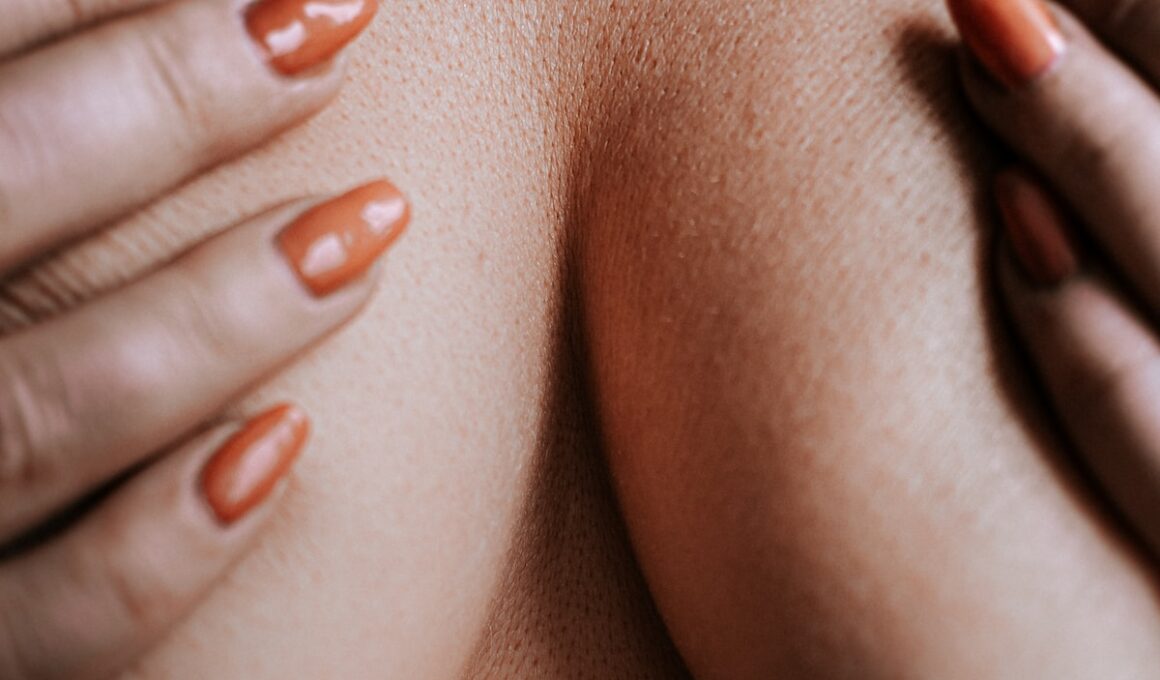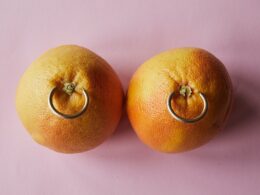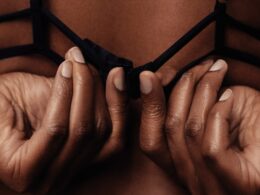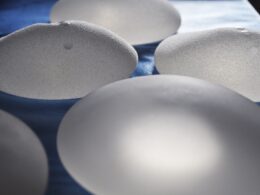Nipple pain is a common problem that many women experience. It can range from throbbing to stabbing and is usually accompanied by nipple engorgement. It may also affect the area around the nipples and areola. This condition is referred to as Mastalgia.
Breasts are unique to each woman and vary in size, shape, nipple and areola presentation and location. They are super sensitive due to significant hormonal shifts during pregnancy and breastfeeding.
Vasospasm
Vasospasm happens when the blood vessels supplying your nipple go into spasm and reduce the flow of milk to your nipple. It’s common for this to happen to breastfeeding moms, especially in cold weather, and it can cause intense pain and throbbing. Nipple vasospasm can also occur due to nipple trauma from a poor latch, nipple damage or Raynaud’s phenomenon (which is when the blood vessels in your fingers and toes tighten and change color in response to cold or stress).
A lot of women describe their nipple vasospasm as an intense pain that throbs and burns, and this is usually worse when they are cold. They may feel this pain before, during or after a breastfeed and the pain can last for a few seconds. They will also notice that their nipple is white during the spasm and it then turns blue, purple or red when the vasospasm goes away.
Vasospasms can happen anywhere in the body but they’re more serious when they affect larger arteries like those supplying your heart and brain. Coronary vasospasm can lead to a heart attack or stroke and it can also limit the flow of blood to your brain, which can cause a cerebral infarction. For this reason, if you have Raynaud’s phenomenon and get nipple vasospasm, it’s important to see your doctor, as they may prescribe medication to open up your arteries. They may also suggest a blood test to check for other conditions.
Mastalgia
Breast pain or tenderness (mastalgia) is a common and very distressing symptom experienced by up to 70% of women at some point in their life. This symptom may occur at any age and may vary in severity. It can be felt as a sharp, stabbing or throbbing pain and it could occur in one breast or both. It can also be intermittent or constant.
This symptom can be divided into two types- Cyclic Mastalgia and Non-cyclic Mastalgia. Cyclic mastalgia is linked to the menstrual cycle and hormones and it usually occurs in a predictable pattern every month. This type of pain is most common in pre-menopausal women. It usually starts in the week before a period and can last through it. Cyclic mastalgia can also be experienced at other times of the month.
Non-cyclic mastalgia is not linked to the menstrual cycle or hormonal changes and it is most commonly seen in women between thirty to fifty years of age. It can be constant and is usually in one breast only but it can radiate to the armpit.
This type of breast pain is often due to extramammary causes such as cysts, fibroadenomas and costochondritis (inflammation of the rib cage). It can also be caused by lifestyle factors like smoking or excessive caffeine consumption. Managing this condition requires interprofessional teamwork and it involves accurate evaluation, adequate treatment and patient education. This includes dietary and lifestyle modifications as well as psychosocial support.
Raynaud’s Phenomenon
In people who have Raynaud’s syndrome, blood vessels tighten (vasoconstriction) when exposed to cold temperatures or stress. It is a normal response to help the body conserve heat and save oxygen. Normally, these tightening spasms only last about 20 minutes. In people with Raynaud’s, these blood vessel spasms are exaggerated and last longer. This causes the areas affected to feel cold, numb and may turn white or blue as they don’t get enough oxygen. When these areas warm up or the pressure in the blood vessels is relieved, they will usually become red and may throb or tingle.
Raynaud’s is most commonly seen in the fingers and toes, but can affect nose, lips or ear lobes as well. It is most likely to occur when you’re exposed to cold temperatures, such as holding a glass of ice water or stepping out into the cold, or when you’re stressed. It can also be caused by certain medications, including beta blockers used to treat high blood pressure, migraine prescriptions containing ergotamine and drugs that contain caffeine. Other triggers include cigarette smoking, vaping and repetitive trauma to the hands and feet from things like working with vibrating tools.
There is no cure for Raynaud’s, but you can ease symptoms by keeping your hands and feet warm and avoiding activities that make it worse. This includes not wearing tight clothing or gloves in cold weather and avoiding emotional or physical stress that can lead to an attack. If your attacks don’t go away, talk to your doctor.
Breastfeeding
If you’re breastfeeding, you might experience pain in your nipples when your baby latches on to the breast and draws milk in. This is normal. You can help relieve this pain by placing warm washcloths on your nipples or areola before each feeding to stimulate letdown, and by using cold compresses after nursing. You can also try using a nipple ointment or rubbing pure lanolin on your nipples before each breastfeeding session.
If a single spot on your nipple is red and sore, it may indicate that a blocked milk duct has become infected — a condition known as mastitis. This can be painful and needs to be treated with antibiotics.
Nipple pain can also occur if you have a poor latch — if your infant doesn’t lock on to the nipple correctly, causing it to squeeze tightly around the area and create compression. You can improve this by practicing proper latching techniques and adjusting your infant’s position while nursing.
If your nipple pain is persistent and not related to pregnancy or breastfeeding, talk to your doctor. They may suggest a prescription nipple cream or an OTC pain reliever such as acetaminophen. Some women also find relief by eating foods rich in omega-3 fatty acids, such as walnuts, salmon and flaxseed, or taking evening primrose oil, which helps balance hormones that cause the pain.





